Comprehensive Report: Quality Assurance, Control, and TQM in Pathology
VerifiedAdded on 2020/02/19
|5
|852
|212
Report
AI Summary
This report examines the concepts of Quality Assurance (QA), Quality Control (QC), and Total Quality Management (TQM) within the context of a pathology laboratory, specifically using the RMIT Pathology lab as a practical example. It defines QA as a systematic process ensuring quality standards, emphasizing documentation through test plans and inspections. QC is presented as the operational techniques used to meet quality standards, involving physical verification. TQM is explained as a procedure to enhance quality and performance, leading to increased client satisfaction, considering all levels of the company and employee involvement. The report highlights practical applications, such as testing reagents before use and providing students with control samples. It emphasizes the significance of meticulous documentation for tracking and analysis, as well as the lab's approach to teaching students stain result management and error prevention. The report concludes by reinforcing the interrelated nature of QA, QC, and TQM for achieving quality outcomes in a laboratory setting.
1 out of 5
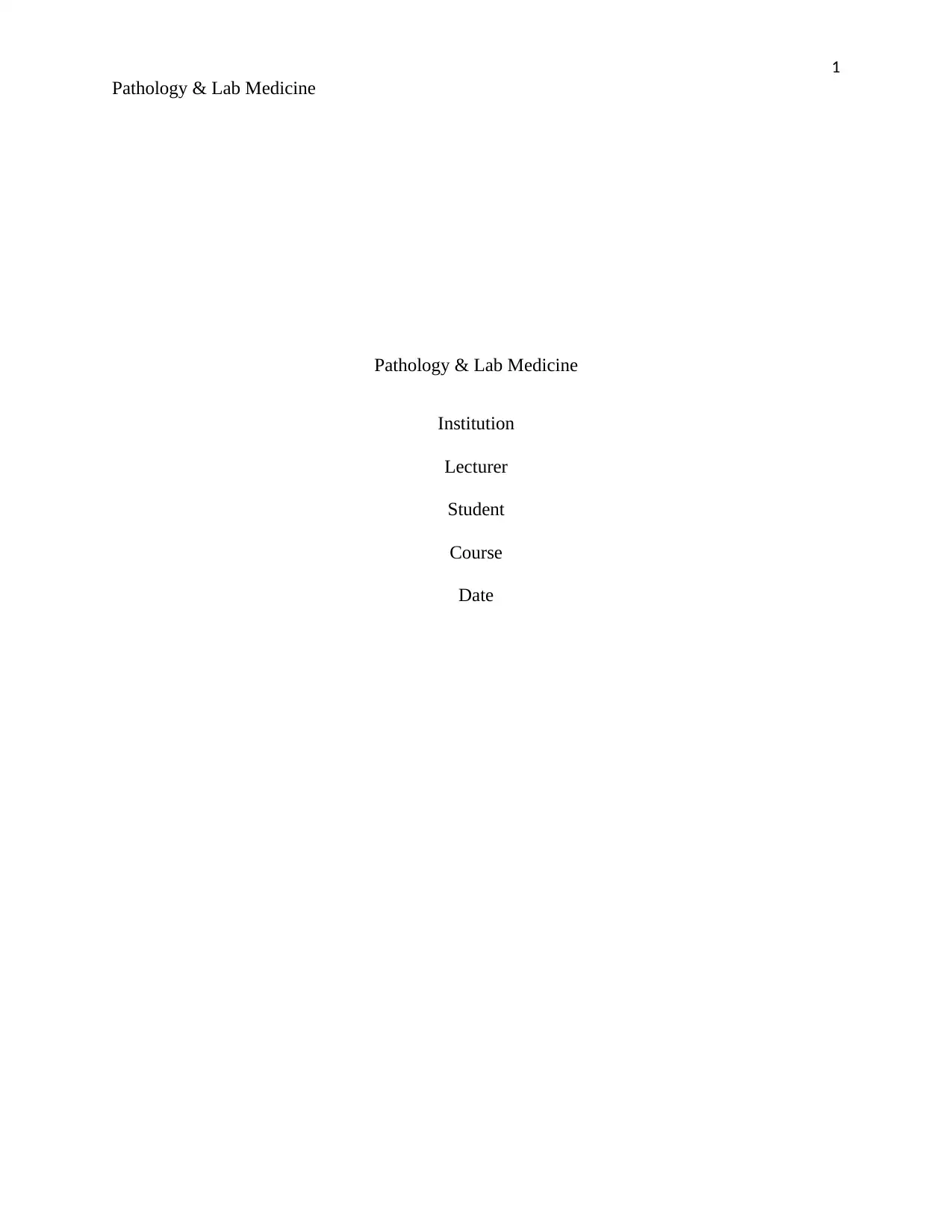
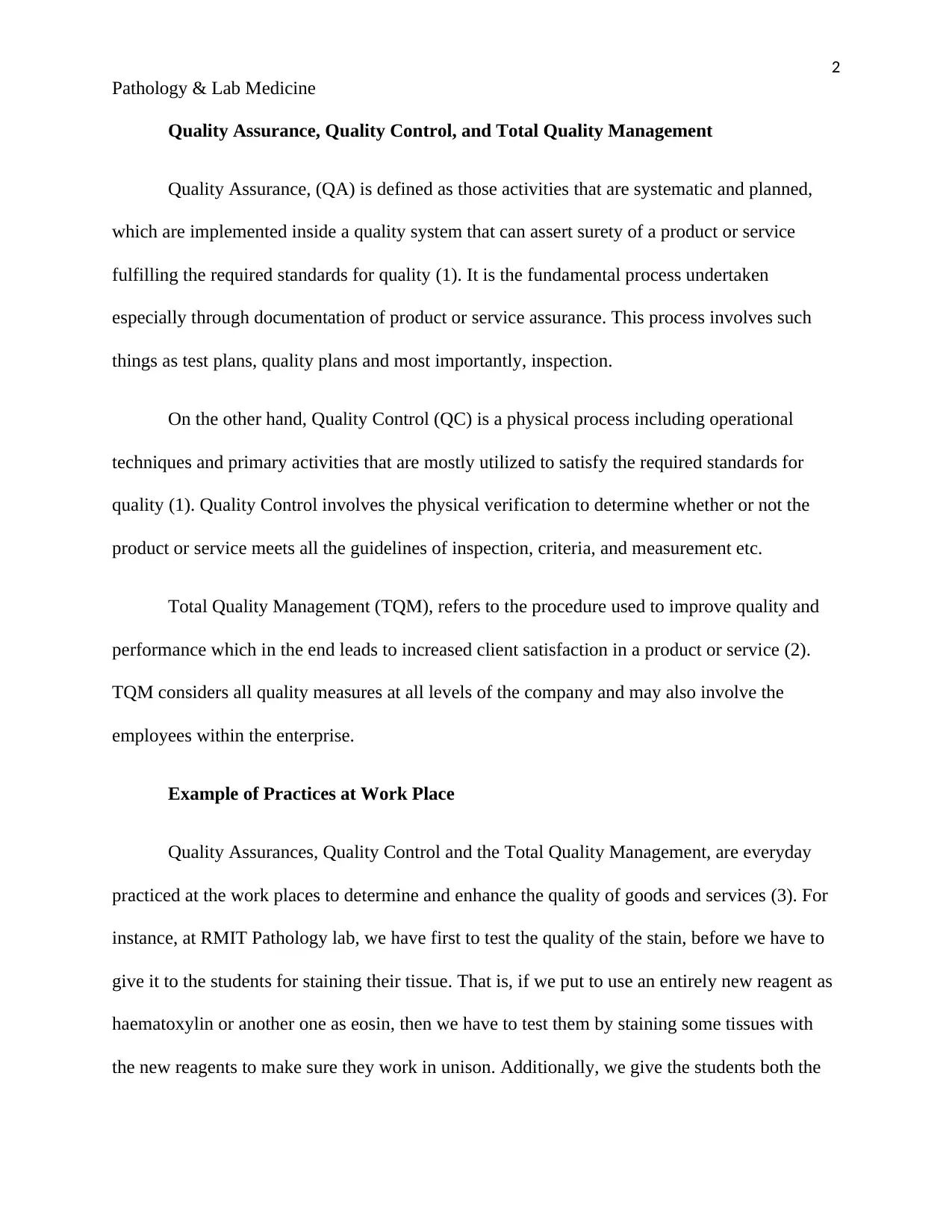
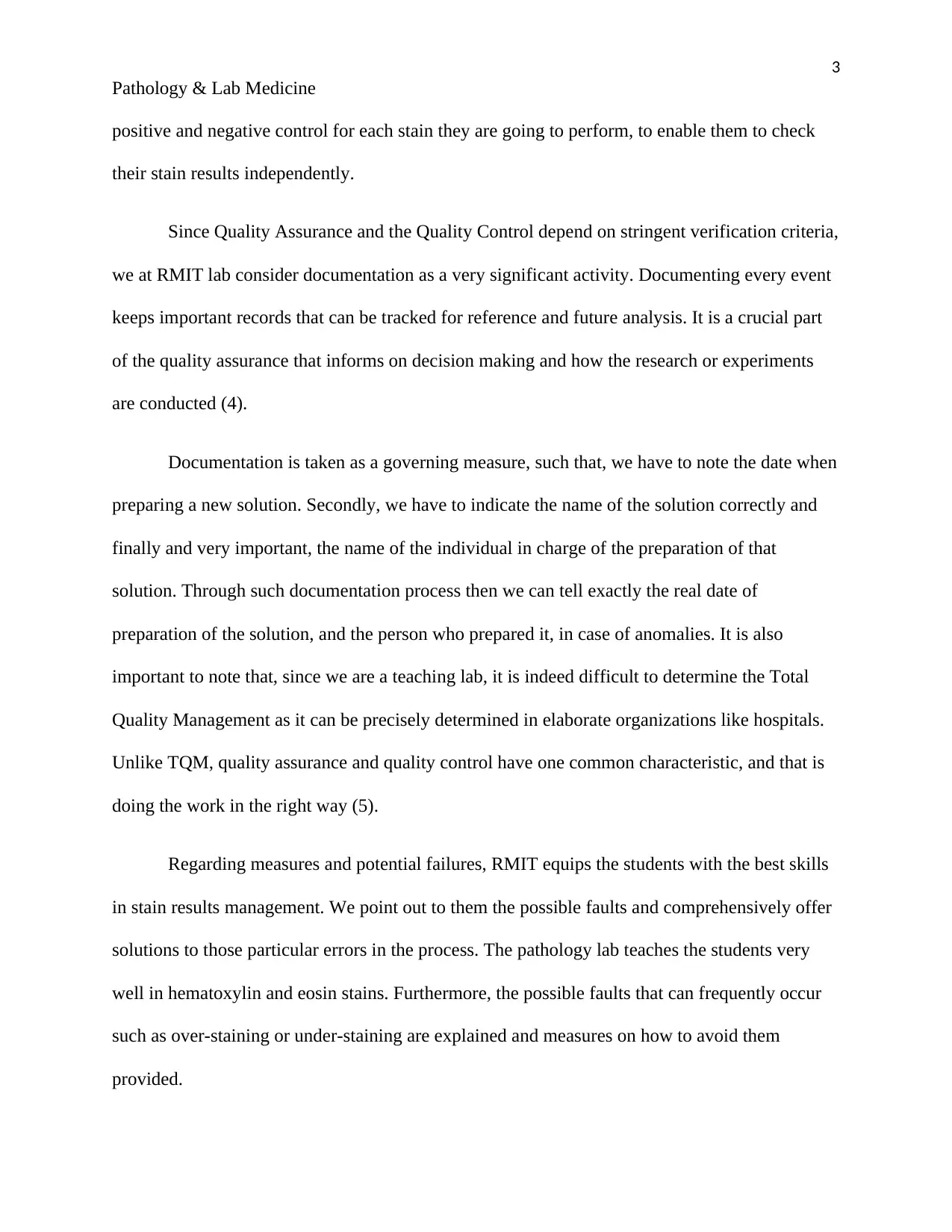

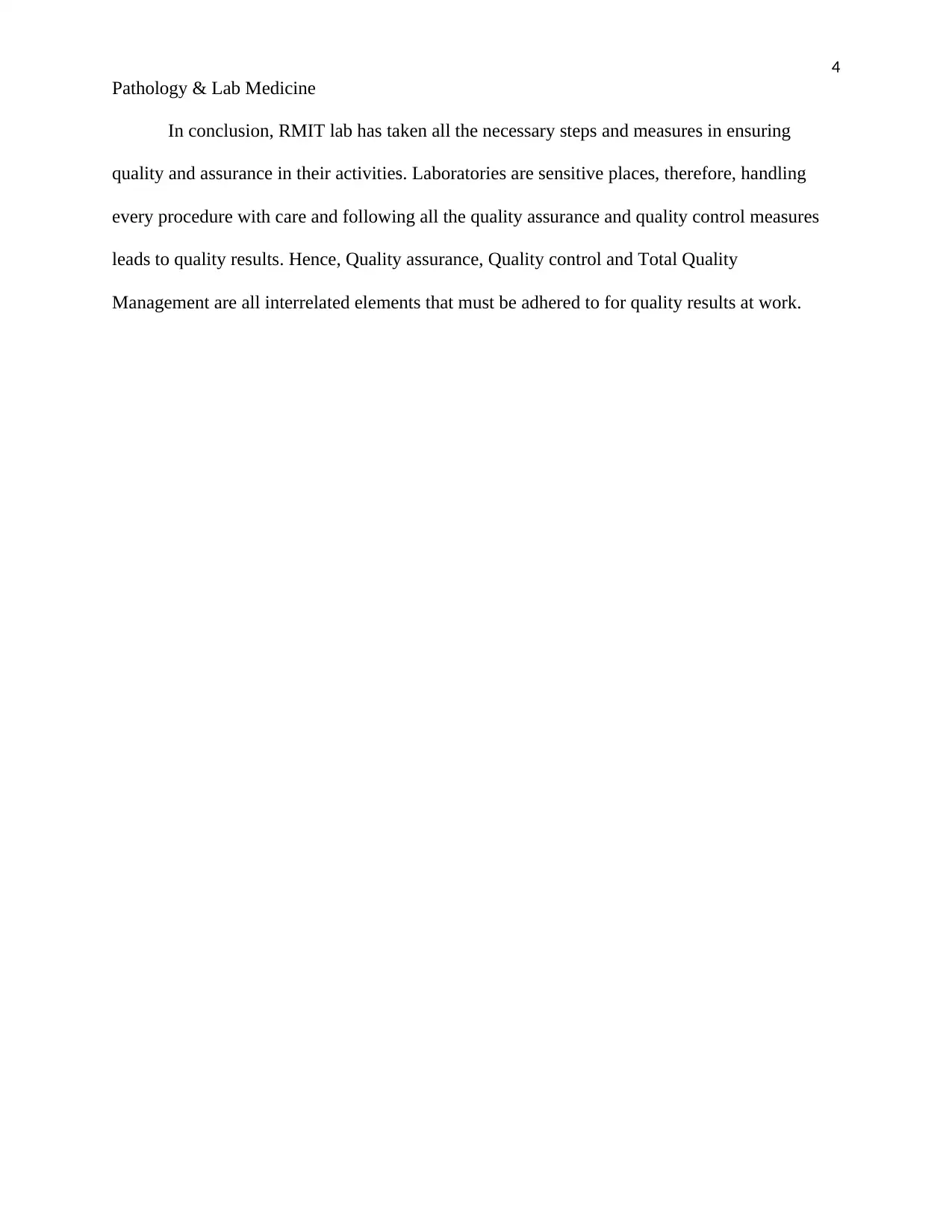
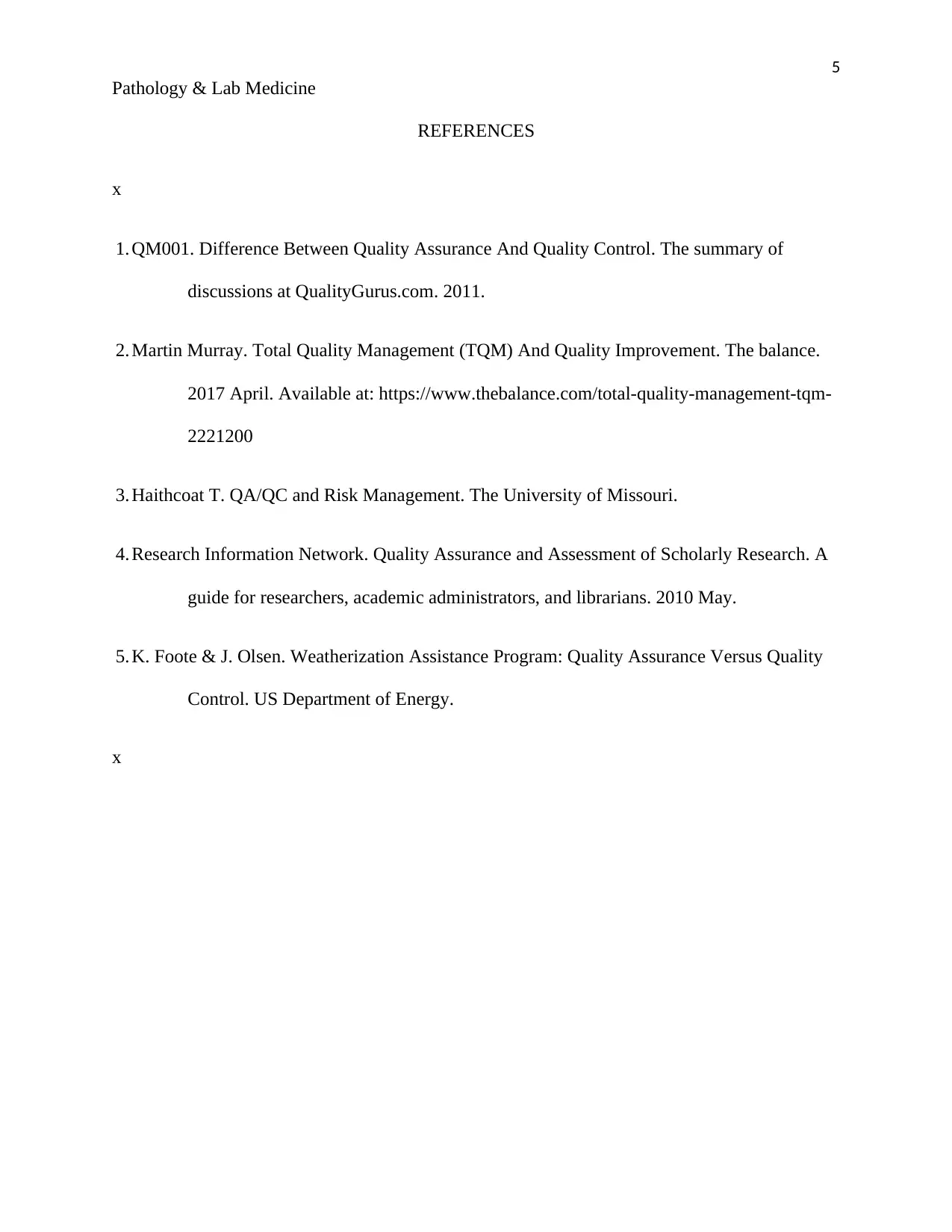



![[object Object]](/_next/static/media/star-bottom.7253800d.svg)